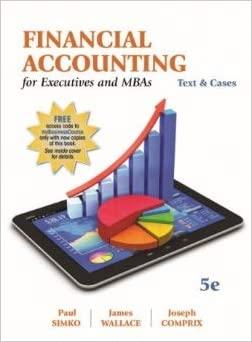Answered step by step
Verified Expert Solution
Question
1 Approved Answer
Brothers Mike and Tim Hargenrater began operations of their tool and die shop (H & H Tool, Inc.) on January 1, 2019. The annual reporting
Brothers Mike and Tim Hargenrater began operations of their tool and die shop (H & H Tool, Inc.) on January 1, 2019. The annual reporting period ends December 31. The trial balance on January 1, 2020, follows:

Transactions during 2020 follow:
- Borrowed $20,000 cash on a 5-year, 6 percent note payable, dated March 1, 2020.
- Purchased land for a future building site on March 15, 2020; paid cash, $16,000.
- Earned $255,000 in revenue. Transactions dated August 30, 2020 , including $54,000 on credit and the rest in cash.
- Sold 6,000 additional shares of capital stock for cash at $1 market value per share on January 1, 2020.
- Incurred $95,000 in wages expense and $30,000 in miscellaneous expenses for 2020, with $25,000 on credit and the rest paid in cash.
- Collected accounts receivables on November 10, 2020, $39,000.
- Purchased other assets on November 15, 2020, $16,000 cash.
- Purchased supplies on account for future use on December 1, 2020, $28,000.
- Paid accounts payable on December 15, 2020, $27,000.
- Signed a three-year $34,000 service contract on December 17, 2020 to start February 1, 2021.
- Declared cash dividends on December 1, 2020, $26,000, which were paid by December 31.
Data for adjusting entries:
- Supplies counted on December 31, 2020, $19,000.
- Depreciation for the year on the equipment, $15,000.
- Interest accrued on notes payable (to be computed).
- Wages earned by employees since the December 24 payroll but not yet paid, $18,000.
- Income tax expense, $14,000, payable in 2021.


Step by Step Solution
There are 3 Steps involved in it
Step: 1

Get Instant Access to Expert-Tailored Solutions
See step-by-step solutions with expert insights and AI powered tools for academic success
Step: 2

Step: 3

Ace Your Homework with AI
Get the answers you need in no time with our AI-driven, step-by-step assistance
Get Started


